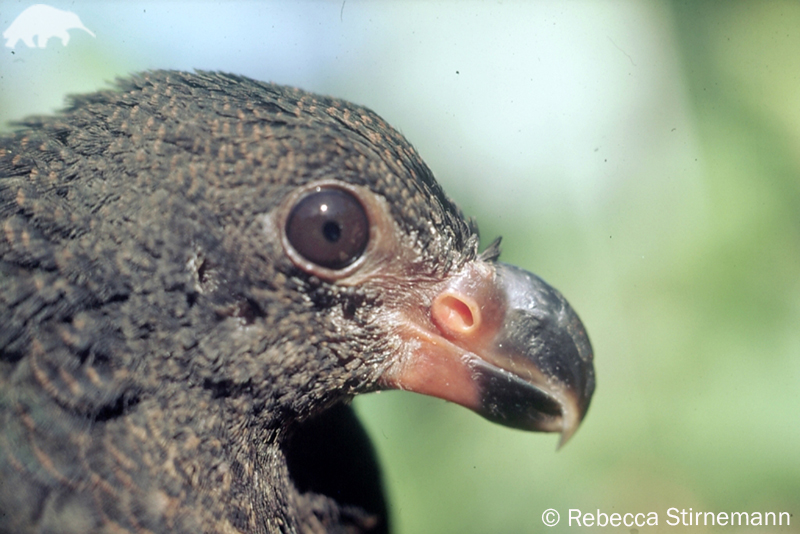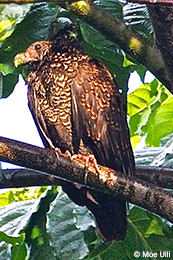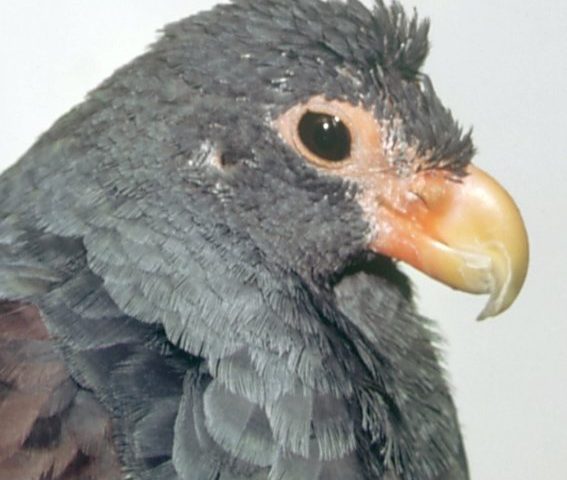About
Nicknamed the ‘little Dodo’, the Tooth-billed Pigeon is one of the closest living relatives to the iconic extinct Dodo.
Unfortunately, this species is on the verge of extinction. They come from the Columbidae family, a large avian family consisting of some 310 species of pigeon and dove, though the tooth-billed pigeon is only living member of its genus Didunculus. It is found in the primary forests of Samoa, where huge areas have been destroyed to make way for agriculture. Their forests are also degraded by cyclones, and invasive species of trees. Hunting of the Tooth-billed Pigeon is now prohibited, but annual hunts in the past have been responsible for the deaths of thousands of individuals. The species is highly secretive and had not been sighted for several years until December 2013 during surveys of Savai’i. Surveys of remote areas are needed to locate undiscovered pockets of individuals and remaining habitat needs to be effectively protected.
- Order: Columbiformes
- Family: Columbidae
- Population: <250
- Trend: decreasing
- Size: 31cm
EDGE Score
Distribution
Endemic to Samoa, this species occurs on the islands of Upolu and Savai’i. It is known from ten localities on Savai’i, but there are remote areas of forest on the island that have not been surveyed.
Habitat and Ecology
The Tooth-billed Pigeon inhabits primary forest at all altitudes up to 1,600 m. Their bill is adapted to saw through tough seeds of Dysoxylumspecies of tree, which are related to mahogany. It will also eat other types of fruit. During the breeding season, the pigeon is thought to lay two eggs. A Tooth-billed Pigeon nest has never actually been documented and very little is known about the species’ ecology.


